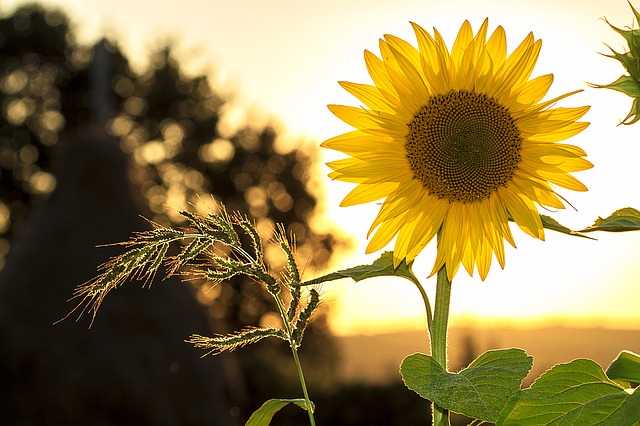It can sometimes be tough to try to actively make green choices. Sometimes you may think you’re making a green choice, only to realize there was an unknown lurking variable that compromised the environmentally friendliness of your decision.
Today, we’re going to only consider packaging and containers and their ecological implications. But for any option in which you are considering the greenness of your choices, you probably already know the drill:
Reduce consumption
Plain and simple. The less resources you are using, the less packaging you unwrap, the less light bulbs you leave on, and the less you drive your car around, the more you are saving the environment. For issues such as product packaging, reduction still has a long way to go.
Reuse what you do consume
Obviously you can’t reuse everything. You can only eat food once, and you probably shouldn’t reuse the plastic wrapper that went around your ground beef. But you should be sure to reuse food that you don’t eat (leftovers), choose reusable containers (travel mugs, Tupperware, cloth grocery bags), and materials in need of a small repair (broken rubber bands can be tied).
Recycle what you can’t reuse
Although this is such a tired statement and is said day-in and day-out by virtually every media outlet, people still need to recycle more. Buying an extra waste bin and separating your trash is really not that difficult, and every little bit does help.
On Containers and Packaging
As I mentioned earlier, product packaging has the longest way to go in terms of reduction. Of course, there are some valuable uses for packaging, such as the following:
• Preservation. For food, this is a given. Certain packaging and seals are necessary for food not to waste. In this case, it is sometimes better to have a small amount of waste in packaging then a large amount of waste in food.
• Transportation. A lot of package us meant to reduce breakage. Plastic packaging, in general, is extremely light and doesn’t take up much space, which saves money on shipping, reducing the amount of deliver trucks on the road and the amount of fuel used.
However, we have the practical ability to reduce and cut down in packaging in the following areas:
Convenience
Ever bought a 24 pack of vitamin water? I sure have. While it’s nice having 24 individual bottles to carry around, I wish that instead I could just buy one giant container that I could then pour into reusable containers (Nalgene bottles or squeeze bottles) as needed.
The same could also be said for cheese wrapped in individual slices (except in this case, you do have a choice). People buy them prewrapped in slices rather than buying a block and cutting slices as needed (or cutting all the slices beforehand and storing them in a reusable container, which is a more efficient process). Don’t even get me started on single-serving frozen meals.
Marketing
Think about all the unnecessary packaging you see in products, simply for appearances. Why does cereal not only need an airtight bag but also a cardboard box? It doesn’t. Nor do most of the products you buy need as many layers of wrapping as they do. It’s all an effort to market an image that looks appealing in a grocery store.
Antitheft
Sadly, the reality behind a lot of the heavy-duty plastic packaging of many products is to prevent theft. Products are over-packaged to prevent people in stores from unpacking and stealing them.
The sad reality is that a lot of these forms of packaging are hard to change as consumers. We don’t have a lot of options other than buying blocks of cheese rather than individually packaged cheese. Well actually, we do have a few other options:
Buy products that are in larger containers whenever possible
The less surface area that is used in packaging (meaning the less individually packaged items), the better.
Buy fresh produce
over canned or frozen produce in boxes and bags. If you are going to buy canned or frozen produce (it is cheaper), try to buy it in larger quantities as mentioned above.
Bring your own reusable containers..
…to coffee shops and restaurants where you know you will be getting something to go. Sure, you may get few crazy looks if you insist on using your own Tupperware over their Styrofoam containers, but this is actually becoming more and more common.
• Bring your own reusable grocery bags to the grocery store.
• If you are going to buy products with a lot of package, make sure that packaging is recyclable. Remember that aluminum recycles extremely efficiently, better than both glass and plastic. Aluminum really is an awesome green choice when it comes to packaging if and only if you recycle diligently.
Beyond this, we must – as citizens and consumers – demand more from our government and businesses. We need to make loud and clear messages that superfluous packaging is unacceptable and products with wasteful packaging will lose our business just as soon as reasonable packaged alternatives appear.
This is a guest post by Nadia Jones who blogs at online colleges about education, college, student, teacher, money saving, movie related topics. You can reach her at: nadia.jones5 @ gmail.com.

